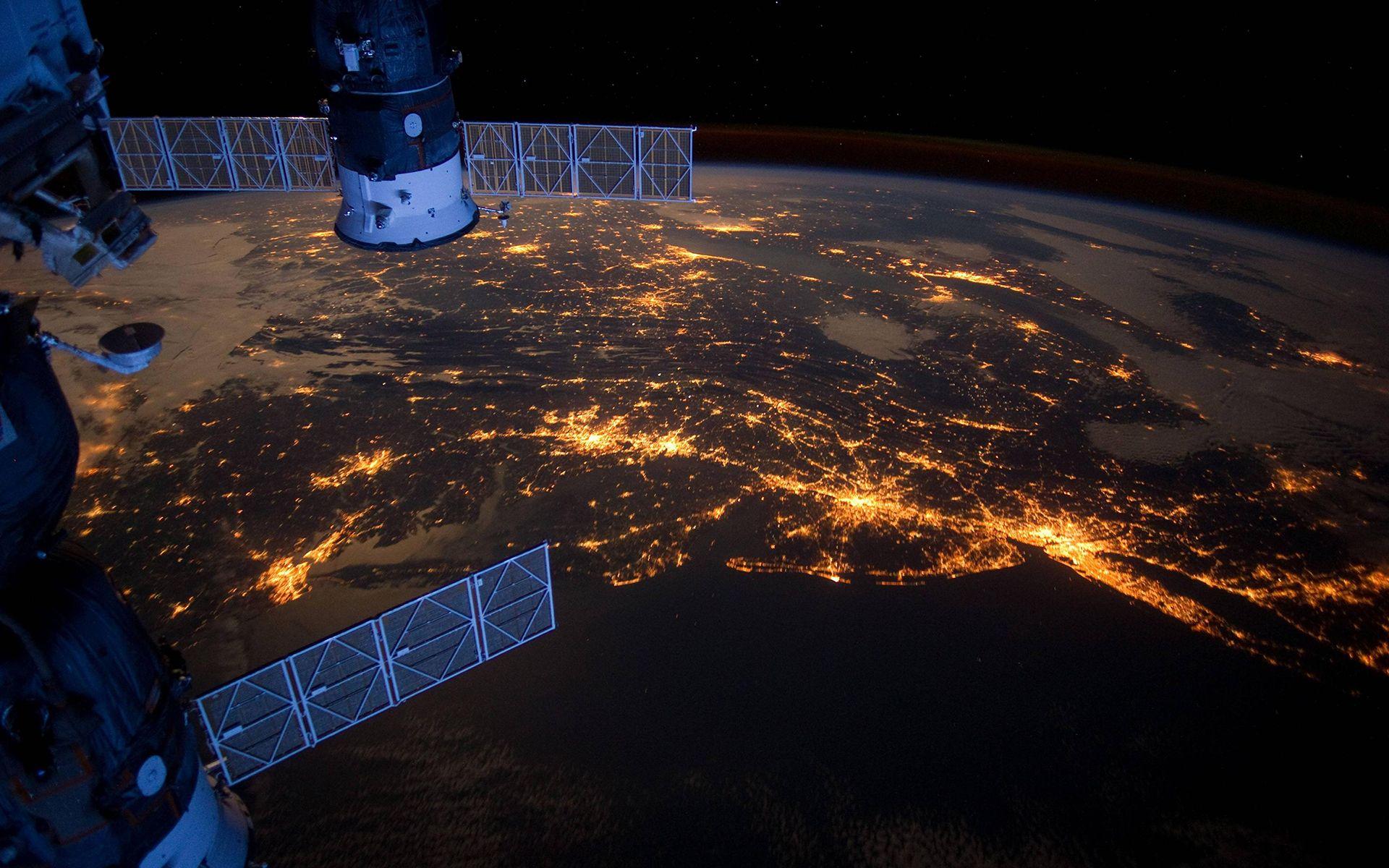

Once you do that, you’ll get a free satellite view of your house. You can also type in the address of the location that you want to see. You can then zoom in, or pan the camera around to see any location on Earth. When you first start up, Google Maps displays a satellite view of North America. All you need is a web browser and a connection to the internet. The best tool on the market, in my opinion, is the service from Google Maps. If those whole Earth pictures don’t give you enough detail, let’s zoom in, and see some pictures of houses from space. There were also some amazing new satellite images of the Earth released from the European Space Agency’s 3rd generation Meteosat spacecraft. Here’s a composite photograph that shows the Earth’s Western Hemisphere, and here’s a view of the Earth’s Eastern Hemisphere. If you don’t want a live view, and really just want to see a beautiful view of the Earth’s hemisphere, check out these images produced by NASA. The weather systems you’re seeing in those images are happening on the planet right now. What is really cool about these satellite views is that they’re live.

But you really can’t see any specific spot on Earth with any detail.

From these images you can see major weather patterns affecting parts of the Earth. For example, NOAA’s Geostationary Operational Environmental Satellites (GOES) release images of an entire hemisphere of planet Earth every 3 hours. The other two are varied angles, but given their presence, you have a working knowledge of the sides of the plant, as well as its top.If you want to go way out and just see a satellite image of the entire planet, there are some solutions for you: weather satellites. The middle image is a replication of nadir angle 0 degrees.

The images of my plant below illustrate this. Each time a satellite captures imagery the nadir varies in its angle of shot. Having an angle “off nadir” provides a variation to the standard map view. This is the view from above the Earth directly to its center. However, it is possible to use varying angles of satellite imagery to get a three-dimensional understanding of an area.Ī key feature of satellite imagery is the nadir. Google Earth does have three-dimensional mountains, but even they sometimes fail to represent what is on the ground. Aside from city-based areas, there is limited three-dimensional views of buildings or features - all of which are crucial to monitoring and geolocating events. The satellite imagery we use for conflict analysis, geolocation, or any other form of investigation is a flat image. This is a satellite-based case study on vetting a three-dimensional view of an area via Google Earth, featuring examples from Syria, Yemen and Sudan. It has become abundantly clear that geolocation and remote sensing is fundamental to knowing what happens in conflict areas where it is often too dangerous for journalists, observers and analysts to be present on the ground.


 0 kommentar(er)
0 kommentar(er)
